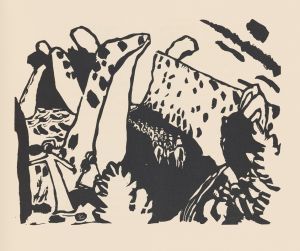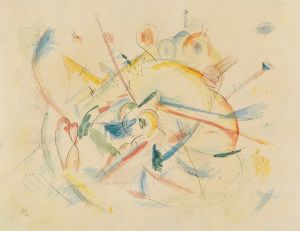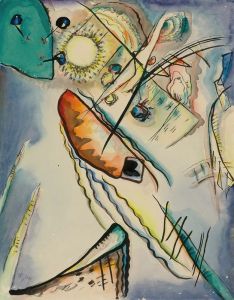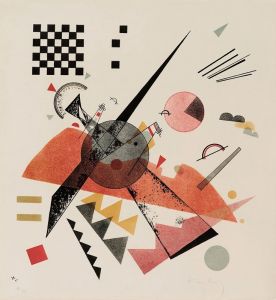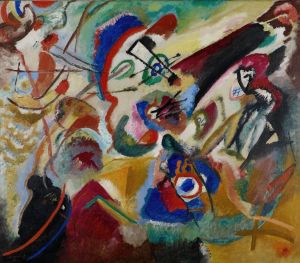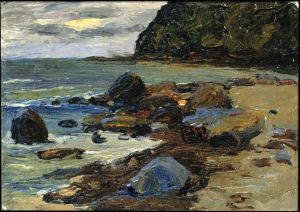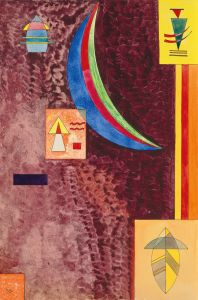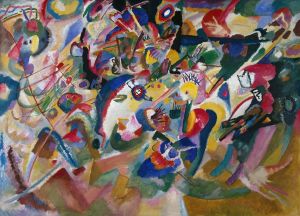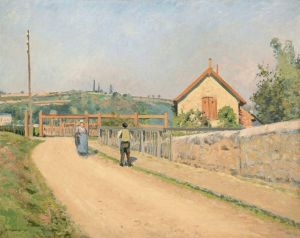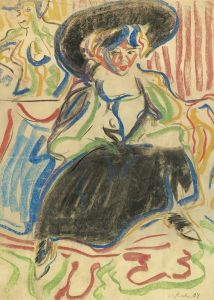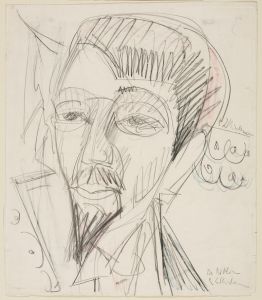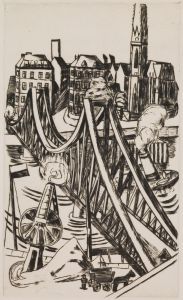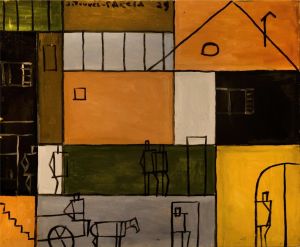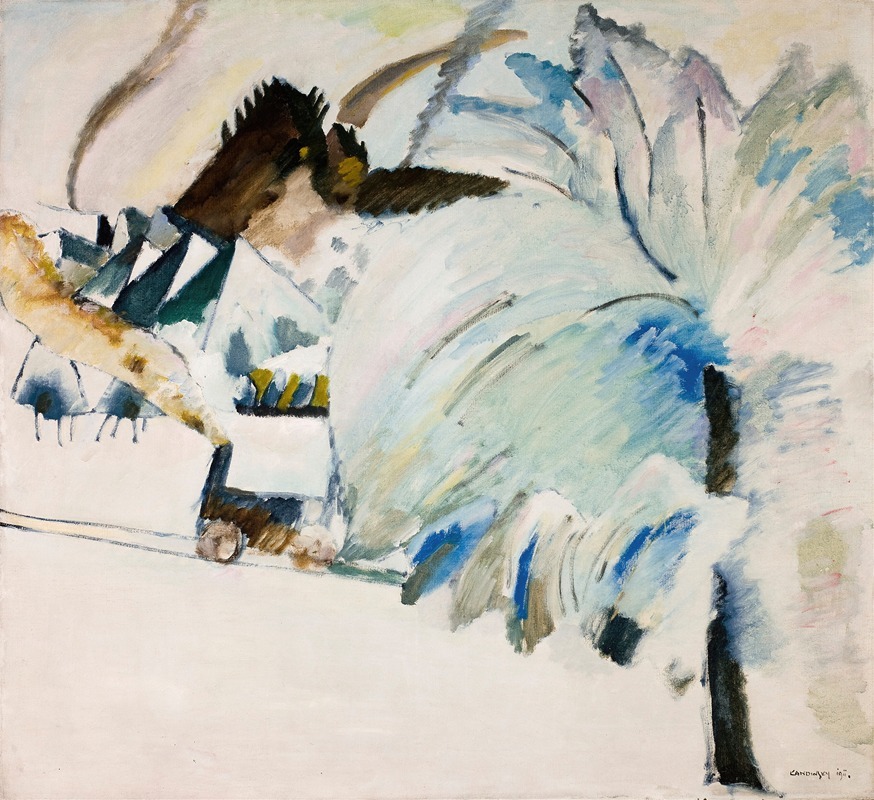
Murnau with Locomotive
A hand-painted replica of Wassily Kandinsky’s masterpiece Murnau with Locomotive, meticulously crafted by professional artists to capture the true essence of the original. Each piece is created with museum-quality canvas and rare mineral pigments, carefully painted by experienced artists with delicate brushstrokes and rich, layered colors to perfectly recreate the texture of the original artwork. Unlike machine-printed reproductions, this hand-painted version brings the painting to life, infused with the artist’s emotions and skill in every stroke. Whether for personal collection or home decoration, it instantly elevates the artistic atmosphere of any space.
"Murnau with Locomotive" is an oil painting created by the Russian painter Wassily Kandinsky in 1909. Kandinsky is widely recognized as a pioneer of abstract art, and his works are known for their vibrant use of color and innovative compositions.
This particular painting, "Murnau with Locomotive," is a part of Kandinsky's early period when he was transitioning from Impressionism and Post-Impressionism towards a more abstract style. The painting depicts a scene in the small town of Murnau, located in Bavaria, Germany, where Kandinsky spent a significant amount of time. Murnau was a source of inspiration for many of his works during this period.
In "Murnau with Locomotive," Kandinsky captures the essence of the town with a locomotive prominently featured in the composition. The painting is characterized by its bold use of color and dynamic brushstrokes, which convey a sense of movement and energy. The locomotive, a symbol of modernity and industrial progress, contrasts with the traditional, rural setting of Murnau, reflecting the tension between the old and the new.
Kandinsky's use of color in this painting is particularly noteworthy. He employs a vivid palette of blues, greens, yellows, and reds, which create a sense of harmony and balance within the composition. The colors are not used to represent reality but rather to evoke emotions and sensations, a hallmark of Kandinsky's approach to painting.
The composition of "Murnau with Locomotive" is also significant. Kandinsky arranges the elements of the painting in a way that guides the viewer's eye through the scene. The diagonal lines of the locomotive and the tracks create a sense of depth and perspective, drawing the viewer into the painting. The buildings and landscape are rendered in a more abstract manner, with simplified forms and shapes that suggest rather than depict reality.
"Murnau with Locomotive" is an important work in Kandinsky's oeuvre as it marks a key moment in his artistic development. It demonstrates his move towards abstraction and his interest in the expressive potential of color and form. This painting, along with others created during his time in Murnau, laid the groundwork for his later, more fully abstract works.
Today, "Murnau with Locomotive" is held in the collection of the Städtische Galerie im Lenbachhaus in Munich, Germany. The Lenbachhaus is renowned for its extensive collection of works by the Blue Rider (Der Blaue Reiter) group, of which Kandinsky was a founding member. The painting remains a significant example of Kandinsky's early explorations into abstraction and his innovative approach to color and composition.





